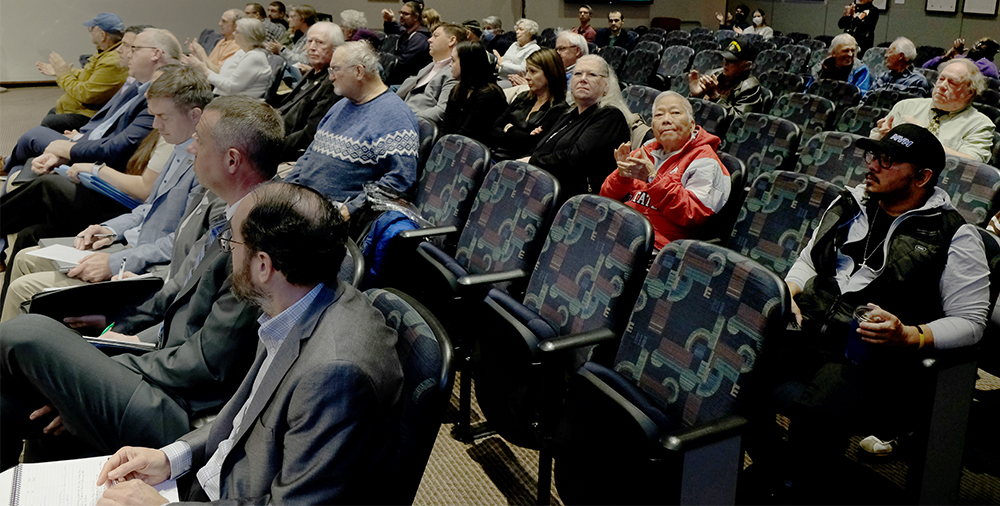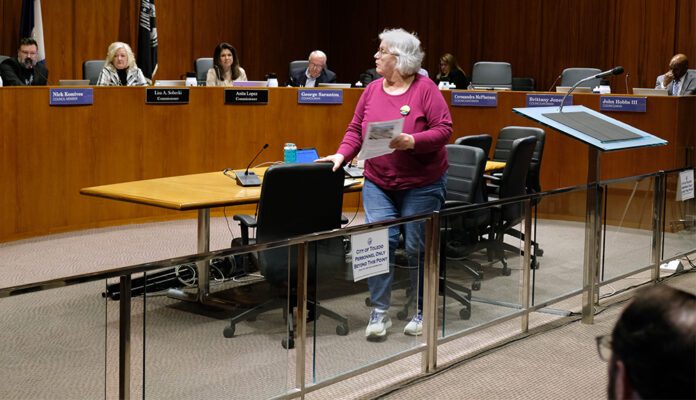I-475 Neighborhoods Coalition coordinator fights highway widening
By Peggy Daly-Masternak
TOLEDO – If readers only hear that widening West Toledo’s I-475 up to eight lanes, now at costs of $217.5 million through the densest residential neighborhoods on the entire metro-beltway, will “eliminate congestion and improve safety,” they need to hear the devilish truth in the details.
Beyond those two microcosmic concepts — false as they are — consider far greater array of problems inherent to all highways, and this one in particular.
It’s only a phenomenon (noun: situation with questionable explanations) to traffic engineers: Why does highway expansion consistently increase congestion—not reduce it? Answer: It is known as “induced demand” which induces the congestion itself.
Google the 26-lane-wide atrocity known as Texas’s Katy Freeway with bumper-to-bumper snarl. One astute Texan’s protest sign reads, “Just one more lane, bro?” for another atrocity planned for Austin, an expansion from 12 to 20 lanes in one punch.
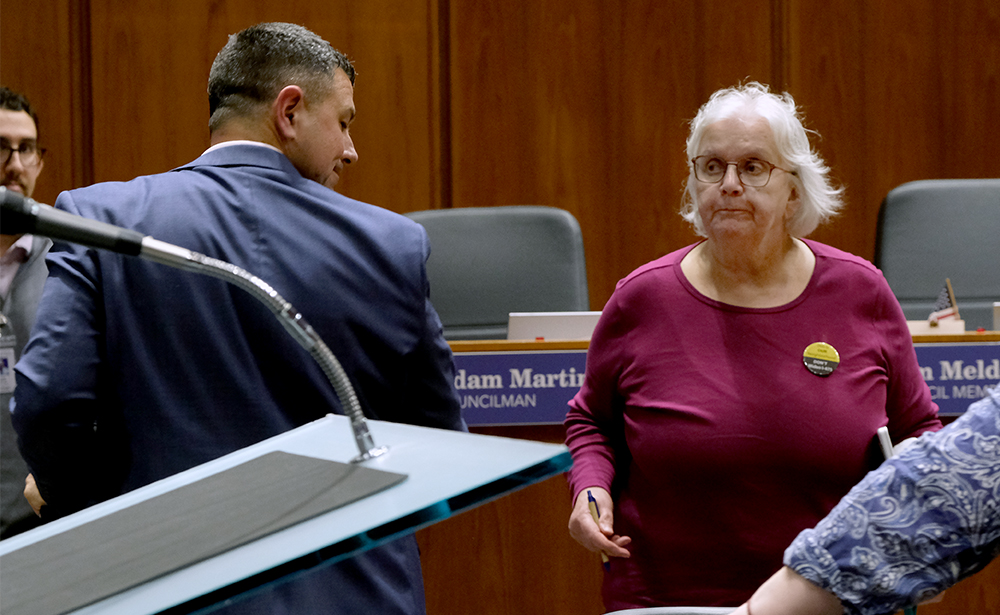
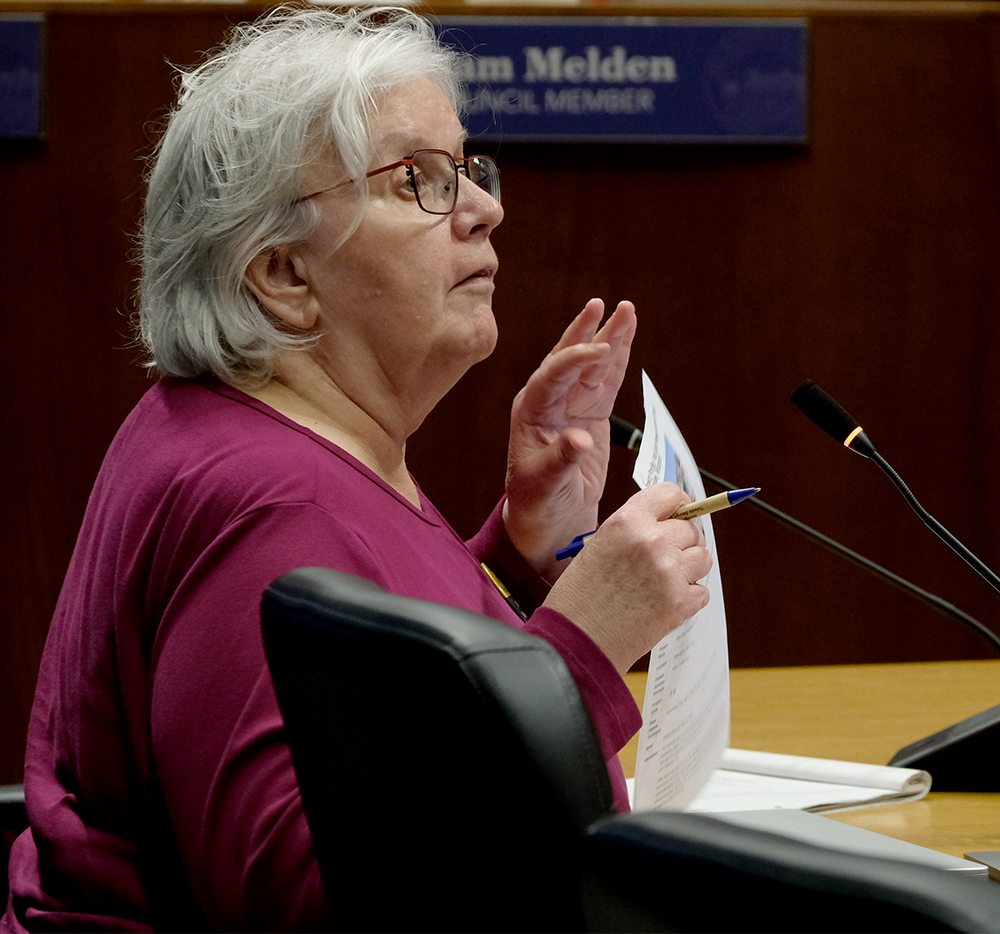
When people embrace a false perception that commute times decrease by expanding highways, often they then choose to move even further from the city, past the sprawling suburbs. This doesn’t take any vehicles off the road, where a robust and efficient public transit system would do so. Visit cities that have exceptional public transit with standing room only while private vehicles stay put at home.
Conversely, with its $11.5 billion current biennial budget, ODOT (Ohio Department of Transportation) dedicates an anemic 1.1 percent to public transit and 0.3 percent to rail. If there were any truth in their mission, the “T” in “Transportation” should be reverted to the former name: Ohio Highways Department.
THE CONGESTION TRUTH
The I-475 “congestion” truth, which ODOT won’t tell you is derived from their own freight mobility data reported to the Federal Highway Administration, is that the average delay time for “bottlenecks” is calculated at about one minute in either direction. Compare that to the Cross Bronx Expressway, ranked number one, where average delay tops 47 minutes.
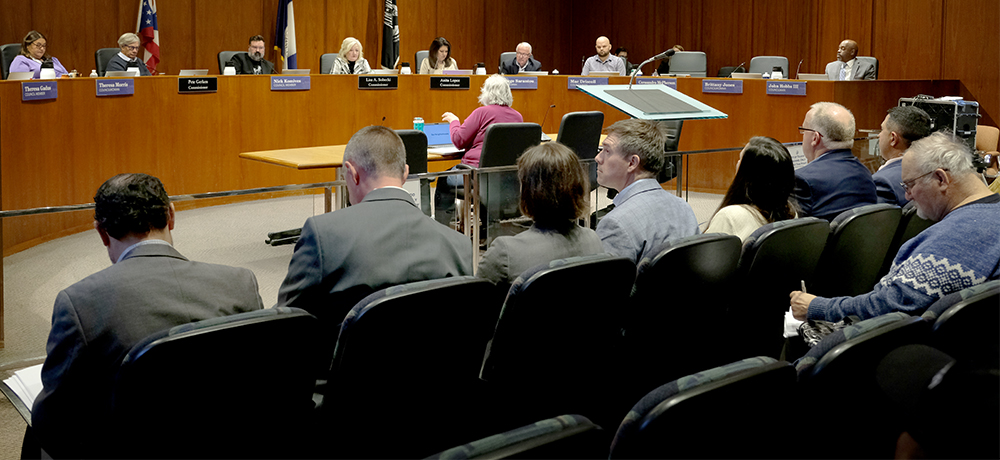
If you tap your brakes in a typical early morning or late afternoon trip on I-475, that’s called “Rush Hour in America” — the same experience during those hours in any city.
What could justify continued expansion to area highways? Sharp population declines are projected for Lucas County of up to 20 percent by 2050. Who is factoring prohibitive costs of owning and maintaining an automobile—especially for young adults who can ill-afford much of what was once called “the American Dream?”
Listen closely when ODOT sounds the safety alarm. “There have been two fatalities and four serious injuries in our study period.” Do you hear any context, reporting that neither fatality was wearing a seatbelt? Or any vehicle speeds? The inexperienced age of young drivers? Did the crashes involve a motorcycle or impaired drivers? In fact, these are the unreported contexts for their crashes. Expanded lanes prevent none of these.
ODOT’s consulting engineers ran detailed safety analytics on each studied alternative of wide, wider, widest. (Of course, ODOT picked widest.) Consultant analytics showed only fender-benders may decrease. Fatalities and serious injuries increased by up to 29 percent in any scenario. Aren’t people more important than property?
Is there any balance for the highway expansion champions — and we have local lobbyists fulfilling that role—in the serious harms caused to nearby residents? Not hardly, so allow me to lobby for the residents.
HEALTH FACTORS
The particulate matter and extreme noise from highways increase rates of childhood asthma, cardio-vascular disease, dementia, premature death, and hearing loss, according to the American Lung Association and American Audiological Society.
A San Diego study from Collateral Analytics showed that property values decrease in a range of loss from 38 percent to 57 percent when decibels increase to 85dB.
For the existing I-475, decibel measurements performed by nearby neighbors using CDC-approved apps consistently returned measurements over 90dB after multiple 15-minute readings. One person’s property registered peaks of 102dB inside her home.
Doubting readers should travel to and walk along residential streets like Devon Hill or Springbrook, both in neighborhoods adjacent to the existing expressway, both with useless “noise walls” already. Hear the relentless noise residents deal with every minute of every day. Expansion will move the expressway closer to all residents by up to double in width.
A typical insult lobbed at residents is, “Well, you shouldn’t have bought the home in the first place. Why don’t you just move?”
This callous assertion ignores what a person may have found affordable at the time of purchase or in the current market. Wouldn’t you object when something —anything—expands into your neighborhood with no regard for your health or economic well-being?
YOUR TAX DOLLARS
If further assault on neighborhoods doesn’t move readers to object, perhaps they’ll find fault in the way ODOT spends tax dollars. This project’s construction contracts are padded by 61 percent in a combination of “contingencies” and “escalation factors.” Conversely, both private and other public sector capital contracts typically add 5 percent for contingencies.
Do readers know that taxpayers are gifting a $12.4 million replacement single-track rail bridge across the highway to the Norfolk Southern Railroad, a bridge generally used twice per month? Do they remember what this private corporation did to East Palestine, Ohio, not two years ago?
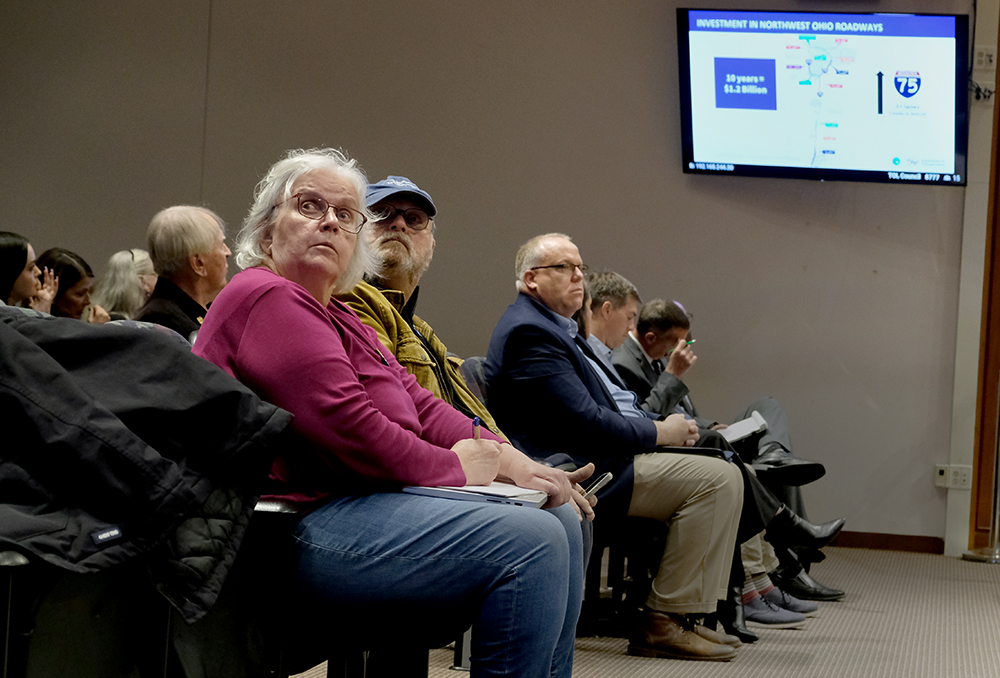
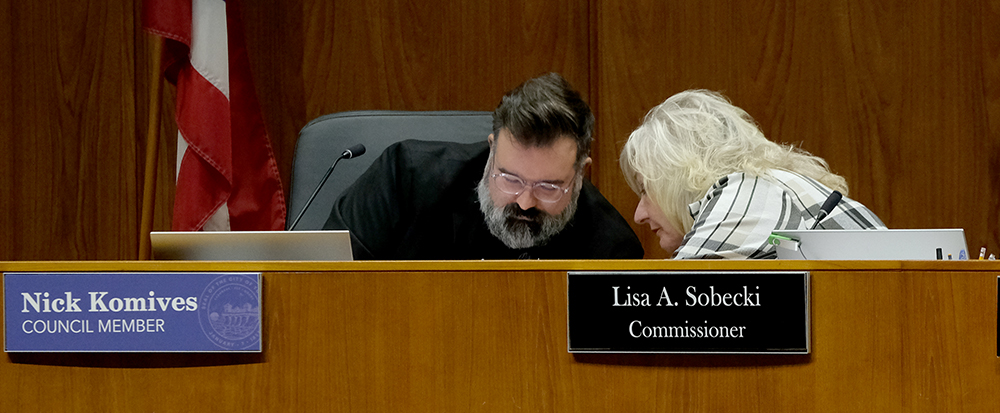
Is ODOT reporting tax dollars, which were invested in rehabbing many bridges spanning the highway — some as recently as 2020, with several complete rebuilds in the last six to eight years? Taxpayers’ costs in ODOT’s abbreviated accounting were at least $10.8 million, where every reported bridge construction was over budget by up to 82 percent in that incomplete accounting to our coalition.
When ODOT knew the planned expansion, they spent and spent on those bridges. Destroying the ones which ODOT did reveal, and now rebuilding expanded ones, will cost at least $40 million using 2023 cost projections.
Be assured: There are far more truly devilish details to this unnecessary, harmful, expensive ODOT project.
Demand better for Toledo. Rather than swallow ODOT’s claims, examine what other cities are demanding and achieving instead of endless highway expansion. Those achievements are through the combined efforts by local elected leaders and citizens, both being actively equal to the table to make those cities thrive.
